Introduction to the flavor characteristics of Sidamo Huakui Coffee the taste difference between Ethiopian coffee beans treated by sun drying and washing
Are you all fooled by Ethiopia's washed Yerga Sherfi coffee? I think Ethiopian coffee beans are washed. Front Street tells you: In fact, the treatment method of yejia sherry coffee is the oldest sun treatment method, but because the early sun coffee beans are mostly flat ground drying, inevitably contaminated with dirt and dust and other miscellaneous odors, coupled with the lack of reasonable screening, the quality of sun beans is average. In 1972, Ethiopia introduced Central and South American washing technology in order to improve the quality of coffee, making the jasmine fragrance and citrus lemon fragrance of Yejia Shefei clearer and clearer, becoming one of the representatives of fine coffee in the world. The washed coffee is Yerga Shefi coffee, and the sun-dried coffee is Sidama's flower coffee.
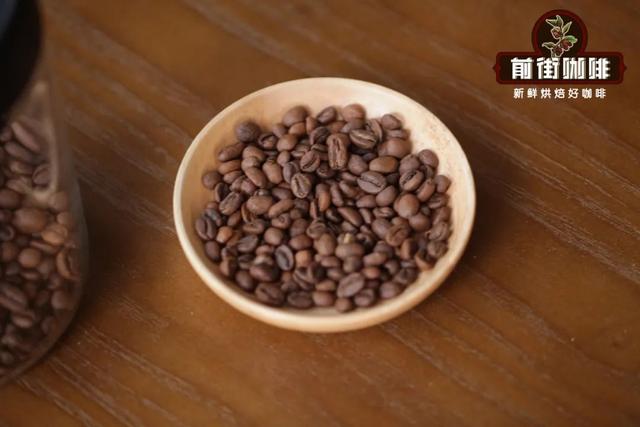
The flower chief listens to the feeling is the head of hundred flowers, the name is very nice, how can take such a name? Front Street learned that in 2017, DW Green Bean Company of Ethiopia sent their coffee beans to the TOH (the Taste Of Harvest) competition sponsored by the African Coffee Association, and the sun batch won the TOH Ethiopia championship. This batch of raw beans, in order to champion identity, named "flower chief." Hongshun Company, a green bean company in Beijing, China, introduced Huakui coffee to China and named it "Huakui", expressing high hopes. There are many small partners will mistake as long as the coffee beans produced in hamberra are flower coffee beans, in fact, it is not. Only the sun-dried coffee beans produced by Buku Abel Estate are roquettes, and for this reason, Buku Abel is also known as "roquettes Estate".
West Damoguji
Coffee is also a kind of crop, and the change of flavor has a great relationship with the climate. The coffee flavor of Sidamo is very diverse, different soil types, microclimate and countless native coffee species, resulting in obvious differences and characteristics of coffee produced in each town. The coffee beans come from the Jiji region of Fama. Sidama is located in southern Ethiopia, extending east to Arsi and Bale administrative areas and west to Gamogofa administrative area. Sidama coffee is cultivated between 1400m and 2000m above sea level. The Guji region was once part of the Sidama region, but it was established as a new region by the Ethiopian Commodity Exchange (ECX) in 2010. Guji is located in the southeast of Yegashefi and is an area with complex terrain changes such as high mountains, valleys and plains. The geology of this area belongs to nutrient fertile black soil (Vertisol), the soil depth is nearly two meters, and the average altitude is above 1800 meters. The geographical characteristics of the significant temperature difference between day and night, so that the local production of high-quality coffee with all the conditions.
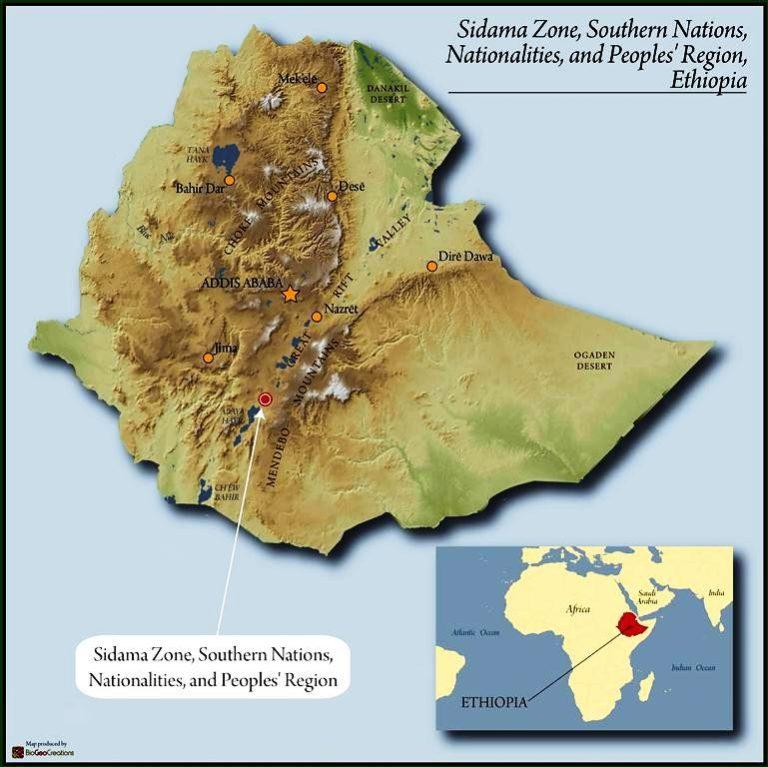
"Hambera" is located in GUJI, Ethiopia's largest coffee-producing region, administratively affiliated to the state of Olomia. Hambella faces Yejia Shefi kochore in the west, separated by a highland with an altitude of 3200 meters and a width of about 30 kilometers. Hambella is connected with shakiso, Uraga and Kercha sub-producing areas in Guji in the northeast and north respectively. It is the coffee sub-producing area with the highest altitude in Ethiopia (Harrar is the main producing area with the highest altitude in Ethiopia).
Coffee, as an agricultural product, has different flavors from year to year, so Hongshun calls coffee beans imported from the "Buku Abel" processing plant in Hambera, that is, only coffee beans from the "Buku Abel" processing plant in Hambera are called Huakui coffee.
Hongshun distinguishes between previous rosettes according to year and represents different batches or seasons, and calls them rosettes 2.0, 3.0, 3.1, 4.0 and 5.0. So this year is 2022, should the flower be called flower 6.0? Let's look forward to the 6.0!
Café Solarization
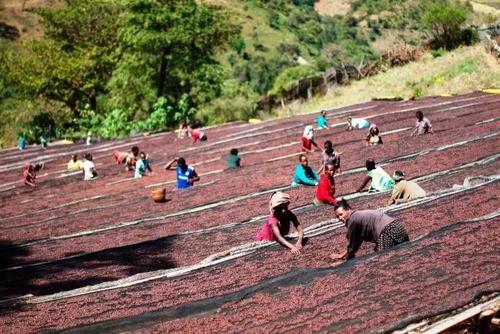
The berry, citrus, lemon and tea flavors of Roquefort Coffee are also related to its processing. This flower of Front Street Coffee is also treated by sun. Sidama production area of the sun is very particular about, in the coffee harvest period only pick mature coffee fruit, picked coffee fruit size uniform, similar maturity, does not contain other impurities. In the process of treatment, strict hand selection should be carried out first, defective beans should be removed, and then coffee red fruits should be laid flat on a high wooden frame or whole shelf to do sun exposure, so as to prevent coffee fruits from becoming moldy or stained with bad smell such as soil during drying. During the exposure process, coffee beans are turned over and over to ensure that they are evenly dried; every three to five days, coffee beans are manually screened for mold defects. After the pericarp dries and hardens, remove the dry and hard pericarp with a husker. After obtaining the green coffee beans, in order to pursue the perfect taste, the coffee farmers will also make a final screening.
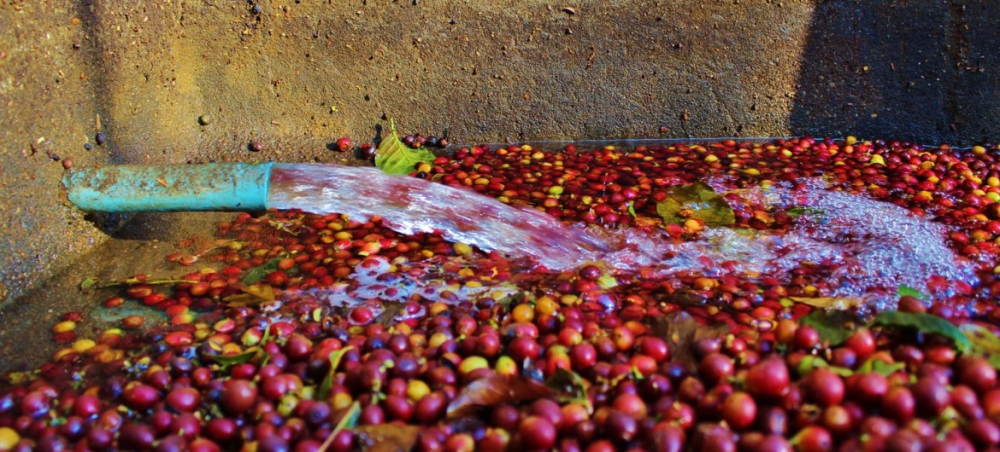
The essential difference between sun treatment and washing treatment is whether the flavor of coffee beans is affected by pulp. The washing method is to select high-quality fruits, remove peel and pulp, soak and ferment in water tank, and then dry them until the moisture content is about 12%. The sun treatment rule is to directly dry to about 12% moisture content, and then remove the peel pulp. The two processing processes clearly show the degree of participation of the pulp. The washing treatment method can better reflect the original flavor of coffee beans, which will be relatively clean and transparent, while the sun treatment method will increase the aroma and sweetness on the basis of the original flavor.
Front Street Coffee Brewing Advice
In order to fully extract the rich layering of flowers, Qianjie uses higher water temperature and finer grinding degree for extraction, but in order to avoid over-extraction caused by high temperature, it will use a filter cup with faster flow rate, such as V60 filter cup. V60 filter cup is 60° conical shape, conical angle can make coffee powder concentrated distribution, water injection can also make water flow automatically to the center of the filter cup, ensure that the contact time between water and coffee powder is enough, so that the right coffee can be extracted. In addition, the ribs on the inside of the V60 filter cup extend clockwise from the bottom to the top, allowing enough space between the filter paper and the filter cup to make the flow of water good. Coupled with the large holes at the bottom, the flow rate will be relatively faster than many filter cups.
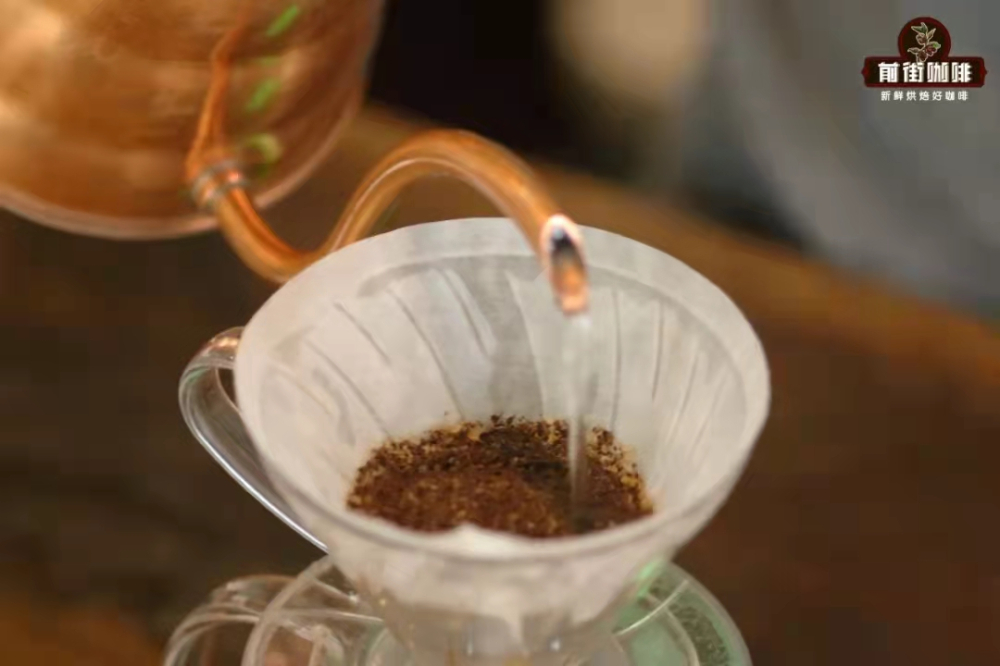
The specific brewing parameters used in Qianjie are: V60 filter cup, water temperature 90℃, water powder ratio 1:15, powder amount 15g, medium and fine grinding degree (China No.20 standard sieve passing rate 80%)
Qianjie coffee segmented extraction method: first use 30g water to fully wet the powder layer in the shape of "hamburger" stewed for 30s; second stage water injection at the timer 1 '00 "when the water level will be injected to 125g, and then stop to wait for the water level to drop to 2/3 of the powder layer injected into the third stage; the third stage at the timer 1 40" when the water will be injected to 225g, the total extraction time after the coffee liquid drops completely is 1 59". The total brewing time is 200 ". After coffee extraction is complete, gently shake it until the coffee solution is fully homogenized before tasting.
Flavor description
Sun-baked sidamo coffee flavor: light fermentation aroma, caramel will be heavier, taste will be rich and complex, honey sweet, cocoa with a little spice, body thick and lasting aftertaste.
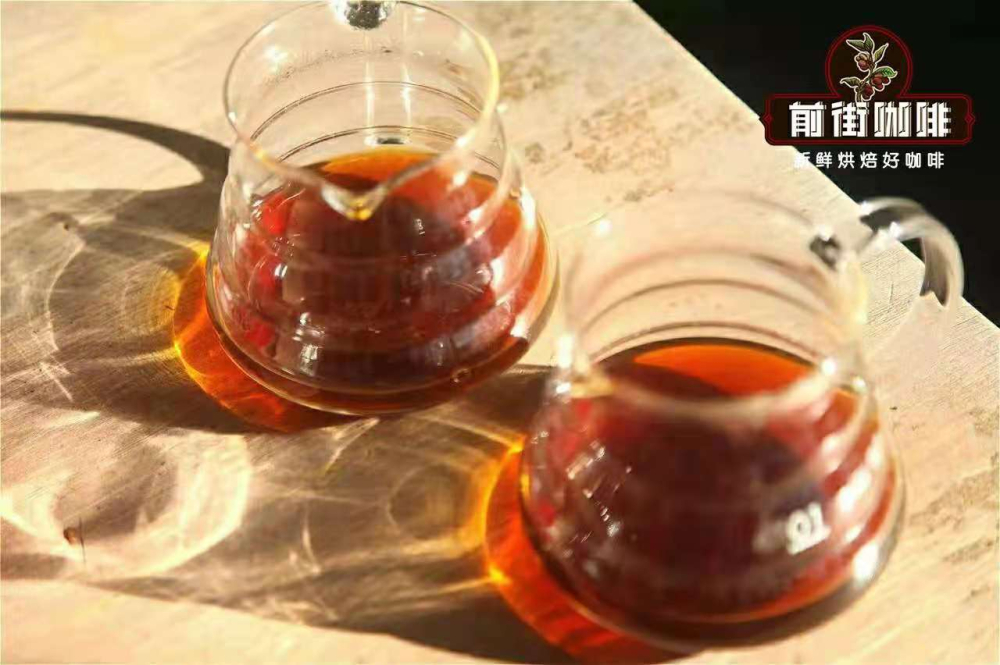
Washed Yerga Sherfie: Jasmine and citrus notes on the nose, lemon, grapefruit and black tea notes on the palate, a hint of cocoa on the tail, caramel and sweet.
For coffee brewing, the front street is recommended that freshly roasted coffee beans better reflect the flavor of coffee. Therefore, the coffee beans sold in Front Street are all roasted within 5 days. The purpose of Front Street Roasting is "Fresh Roast Good Coffee", so that every customer who orders coffee is the freshest coffee when he receives it. Coffee has a growing period of 4-7 days, so when the customer gets it, the flavor is at its best.
Of course, there are also some customers who need the front street to help grind, which does not matter, but the front street reminds that the coffee beans are ground in advance, they need to be brewed in time, if they have been ground into coffee powder, they do not need to raise beans, because in the process of transportation, the pressure generated by carbon dioxide in the package can also make the coffee flavor become mellow, so they can drink a cup immediately after receiving the coffee powder.
However, coffee powder oxidizes faster after contact with air, which means that the flavor of coffee will disperse faster, and the flavor of coffee will not be very good. Therefore, Qianjie recommends buying whole beans and grinding them now, so as to better taste the flavor of coffee.
Professional coffee knowledge exchange More coffee bean information Please pay attention to coffee workshop (Weixin Official Accounts cafe_style)
More fine coffee beans, please add private WeChat Qianjie Coffee, WeChat: qjcoffeex
Important Notice :
前街咖啡 FrontStreet Coffee has moved to new addredd:
FrontStreet Coffee Address: 315,Donghua East Road,GuangZhou
Tel:020 38364473
- Prev

Flavor characteristics of Coffee in Queen's Manor of Brazil characteristics of half-sun treatment of Brazilian coffee beans
Fazenda Rainha is owned by the prestigious and respectable coffee family Carvalho Dias family. Since the first Brazilian COE Competition in 1999, Carvalho Dias's four major estates have won awards every year, winning more than 12 times in the past seven years, and even arranged for the champion, 9th, 11th and so on in 2004, many large and small estates in Brazil. Many
- Next

Flavors of Burundi in Africa
Burundi, located in the interior of Africa, has a land area of only 28,000 square kilometers, but 90% of the people whose main income is agriculture, of which coffee is the largest. Burundi's geographical environment is very suitable for coffee cultivation, bordering Rwanda in the north, Tanzania in the east and south, Congo (DRC) in the west and Lake Tanganyika in the southwest
Related
- Detailed explanation of Jadeite planting Land in Panamanian Jadeite Manor introduction to the grading system of Jadeite competitive bidding, Red bid, Green bid and Rose Summer
- Story of Coffee planting in Brenka region of Costa Rica Stonehenge Manor anaerobic heavy honey treatment of flavor mouth
- What's on the barrel of Blue Mountain Coffee beans?
- Can American coffee also pull flowers? How to use hot American style to pull out a good-looking pattern?
- Can you make a cold extract with coffee beans? What is the right proportion for cold-extracted coffee formula?
- Indonesian PWN Gold Mandrine Coffee Origin Features Flavor How to Chong? Mandolin coffee is American.
- A brief introduction to the flavor characteristics of Brazilian yellow bourbon coffee beans
- What is the effect of different water quality on the flavor of cold-extracted coffee? What kind of water is best for brewing coffee?
- Why do you think of Rose Summer whenever you mention Panamanian coffee?
- Introduction to the characteristics of authentic blue mountain coffee bean producing areas? What is the CIB Coffee Authority in Jamaica?

